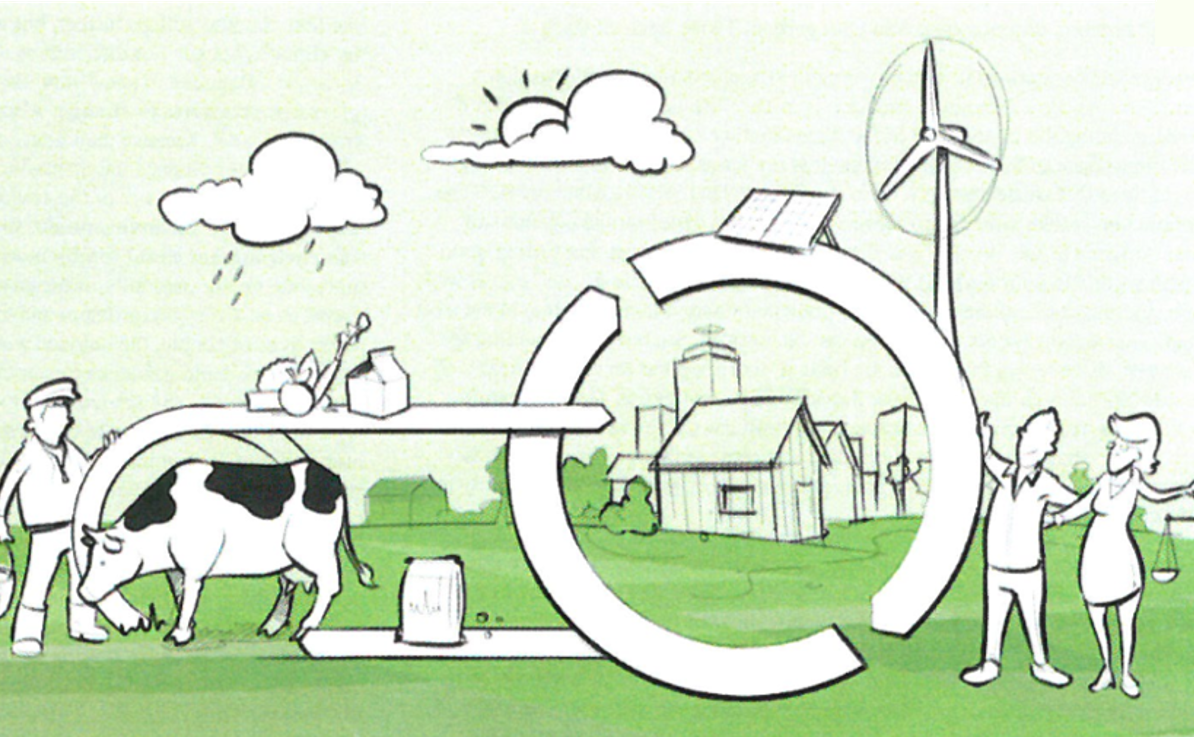
Driver for Change V: Tailored Use of Limited Resources
- Fri, 30/08/2019
Background
The future is unpredictable and elusive. Recent changes in technology, ecology, economics and society have already led to significant changes. The expectation is that the complexity that people and organisations experience will only increase further in the years ahead. A number of current Drivers for Change will lead to radical changes in the future. Therefore, we need a new way to visualise the future, with all the opportunities and challenges that it will bring – an approach that is creative, imaginative and research-oriented. Even though we can’t predict the future, we can create a range of possible context-related future scenarios. These desired scenarios will direct our decision-making, from short-term actions to long-term consequences. In the UNaLab project, the Future Telling research method was used to develop possible, context-related future scenarios in a creative, imaginative way.
Through an analysis of interviews with a broad spectrum of experts on climate and water resilience and nature-based solutions, five Drivers for Change for the future of climate and water resilient cities in 2050 were identified. This blog post will present the fifth Driver for Change: Tailored use of limited resources.
Driver for Change V: Tailored use of limited resources
In 2050, small-scale local manufacturing and services provide a secure supply of products and services tailored to individual needs. Short supply chains can easily be upscaled and downscaled as needed, contributing to resilience.
People actively participate in decision-making on the use of scarce resources and measures to make the city climate-resilient. This results in an awareness of the value of (natural) resources such as water, wind and sun, with people using these wisely. All flows to, from and within the city are monitored to understand the need for these resources and their availability. Circular systems are implemented to ensure zero waste of materials, energy and water. Companies provide expertise and create incentives for people to invest in nature-based solutions for climate and water resilience.